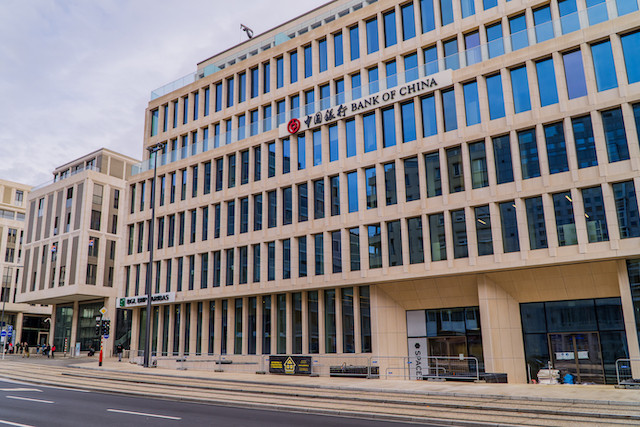These were just a few of the takeaways from a Thursday Chinalux conference, during which business leaders in the grand duchy and abroad presented perspectives on post-covid opportunities linked to the BRI.
China had a speedier recovery from covid-19, explained HSBC London global economist James Pomeroy, particularly in the second half of 2020, even if the service sector and manufacturing were not as quick to catch up.
“That means that we're starting 2021 on a slightly weaker footing,” he added. “But it is important to stress that this year, we are going to see a much, much stronger Chinese economy. Almost regardless of what happens this year, we’re looking at very strong growth numbers,” estimated at 8.5% for the entire 2021.
China’s economy is also set to become the world’s largest by 2030, and “we're seeing a number of linkages between Chinese growth and global growth, which I think are going to be very important not just as the global economy recovers from covid-19, in 2021, but beyond that as well,” Pomeroy added.
Lifting other economies
The BRI concerns not just Chinese overseas investments into countries of the BRI--which in 2020 totalled approximately US$47bn, or 54% less than in 2019--but “it's also important thinking about Chinese consumer demand, how that can help to lift the world,” Pomeroy said. Taking Chile as an example, there has been a recent shift in trade flows from copper to wine, he added.
But beyond investment, there is also the building of partner relationships and massive transformations especially for smaller economies. In Tajikistan, for example, BRI project value as a percentage of GDP is around 70%.
“It’s really important to stress that while this Chinese consumer helps to lift the whole world, the Belt and Road investment is very much disproportionately helping a lot of these poorer economies and building infrastructure that these countries need.”
Optimising BRI projects
As Chinese Ambassador to Luxembourg Xiaorong Yang reminded participants at the start of the webinar, Luxembourg was the second EU member country to officially join the BRI (after Italy). “Even if the pandemic has deeply changed the world, the needs of the BRI haven’t changed, and the determination of China to promote international cooperation in the framework of [it] has not changed,” ambassador Yang stated.
Among the local Chinese players is Bank of China, represented by deputy general manager Zhiyao Guo during Thursday’s conference, who advocated a digital, green economy to optimise BRI projects. BRI financial support has required not only lending, but also an increased need of risk management due to turbulence, which translates from “single product” to “product portolio”, Guo explained. Bank of China has provided credit support of more than US$130bn and is involved in over 600 BRI projects, upgrading to an information and matchmaking platform, for example, for SMEs.
Arnaud Delestienne, executive committee member of Luxembourg Stock Exchange, also sees a “significant potential” that international debt capital markets have in the context of BRI and sees the “Luxembourg ecosystem [as] one of the best to facilitate these transactions.” Not only as it’s the second largest fund centre in the world, but also given the large number of experts accustomed to international bond issuance practices. The grand duchy, he concluded, can be considered a “very interesting platform to contribute to financing of overall BRI ambitions.”
